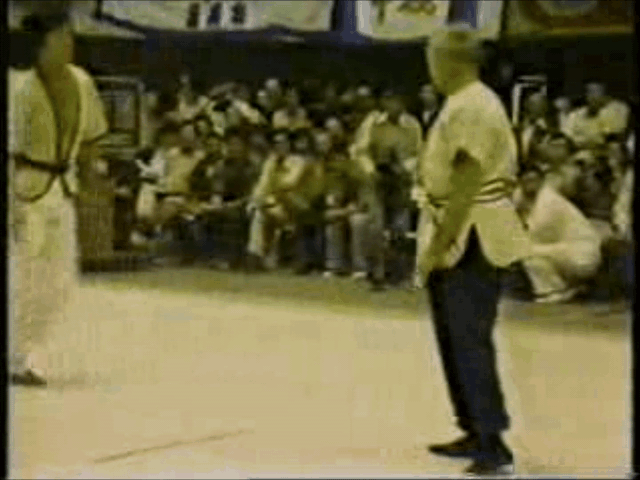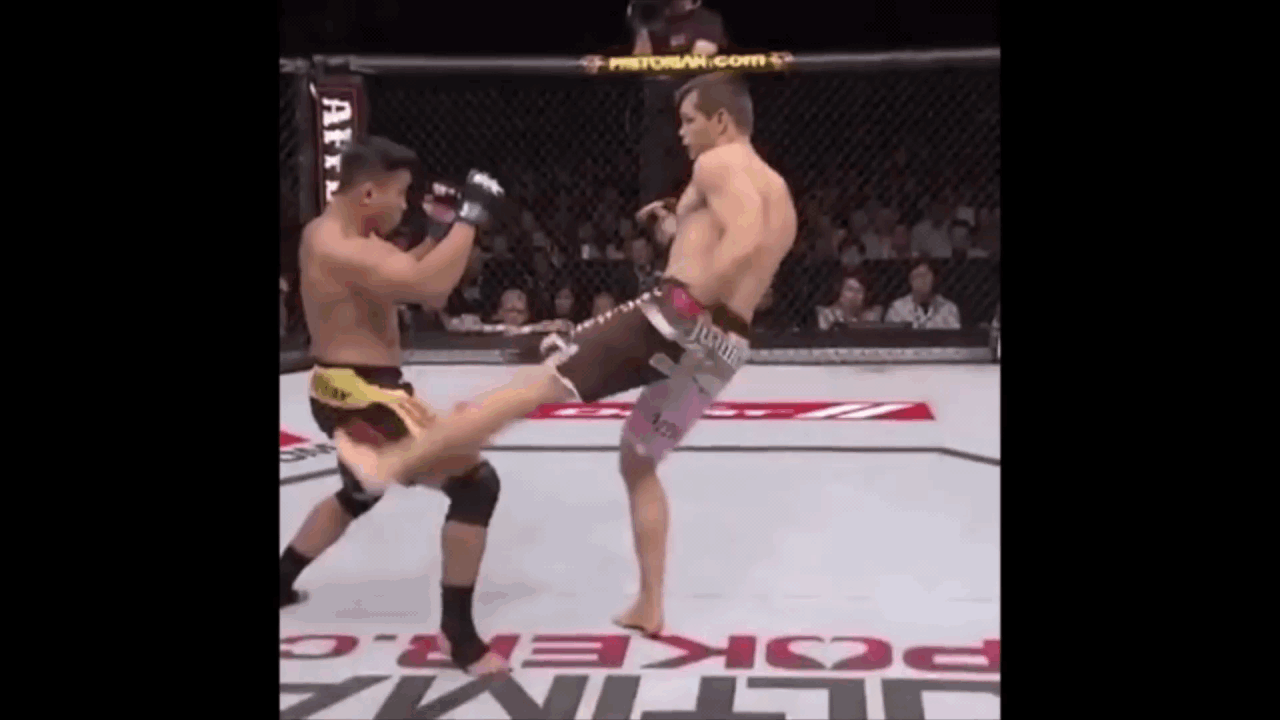isshinryuronin
Senior Master
Our perception of kata has gone thru many stages over the past hundred years and more. When I started karate in the 60's, kata was a simple thing - using basic blocks, kicks and punches (and a chop or two) to fight off a bunch of attackers coming from all directions, just like a good kung fu movie. And there were a few moves we weren't sure what the hell they were. But we were satisfied to remain blissfully ignorant or put some cool philosophical or dramatic meaning to them. Anyway, it didn't matter too much. Afterall, kata wasn't real fighting. The idea of kata was posture, stance, crisp execution and, above all, looking good.
Then, in the 1990's into the early 2000's, a different interpretation began to be revealed. We had it all wrong! Many of those basic moves were really locks and breaks, and that stepping around to face a new attacker was really throwing the old attacker down. The old style of karate was discovered to be close-in combat with a lot of grabbing and twisting. Who knew!
Now we have some sensei jumping in with both feet into the advanced kata application game saying, "If we take this punch and redirect it over there, grab the arm, then, instead of sliding in as the kata shows, just duck and pivot in a 360, take a couple of extra steps and change the elbow into a circular block, we can see this combo is really a double dislocate and backflip body slam." Yes, we've learned that TMA kata is designed to be somewhat flexible, but really?!
Kata was not meant to be complicated. It really is composed of the basics - the basics as taught in the 1800's - basics capable of dispatching a pirate or bandit with minimum risk and maximum efficiency. This translates into simplicity. Occam's razor - the simplest explanation is usually the best. I see kata sort of like kihon (basic drills), but volume 2 containing the other basics that all too often we don't drill put into a combat context. Kata is not a repository of arcane techniques, nor is it simply sport, nor an elementary form of practice. It's just karate.
Then, in the 1990's into the early 2000's, a different interpretation began to be revealed. We had it all wrong! Many of those basic moves were really locks and breaks, and that stepping around to face a new attacker was really throwing the old attacker down. The old style of karate was discovered to be close-in combat with a lot of grabbing and twisting. Who knew!
Now we have some sensei jumping in with both feet into the advanced kata application game saying, "If we take this punch and redirect it over there, grab the arm, then, instead of sliding in as the kata shows, just duck and pivot in a 360, take a couple of extra steps and change the elbow into a circular block, we can see this combo is really a double dislocate and backflip body slam." Yes, we've learned that TMA kata is designed to be somewhat flexible, but really?!
Kata was not meant to be complicated. It really is composed of the basics - the basics as taught in the 1800's - basics capable of dispatching a pirate or bandit with minimum risk and maximum efficiency. This translates into simplicity. Occam's razor - the simplest explanation is usually the best. I see kata sort of like kihon (basic drills), but volume 2 containing the other basics that all too often we don't drill put into a combat context. Kata is not a repository of arcane techniques, nor is it simply sport, nor an elementary form of practice. It's just karate.





